Candid Camera
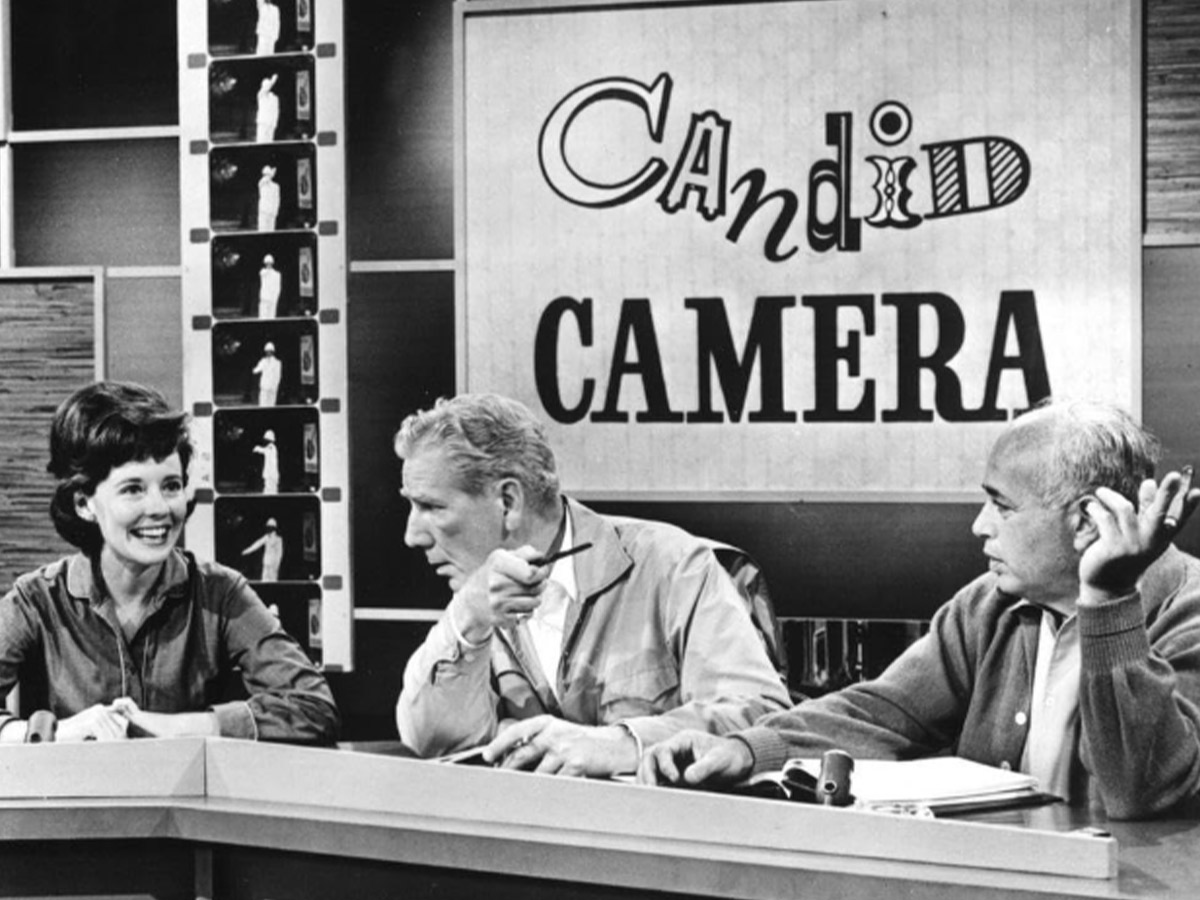
First airing in 1948, Candid Camera is widely recognized as the precursor to modern reality television. Created by Allen Funt, the show ingeniously used hidden cameras to capture genuine reactions from unsuspecting individuals placed in humorous, awkward, or unusual scenarios.
Beyond its comedic value, Candid Camera introduced the concept of blending reality and entertainment, which has since become a staple of reality television. The show's influence can be seen in later programs that relied on hidden cameras and real reactions, such as Punk’d or Impractical Jokers.
An American Family
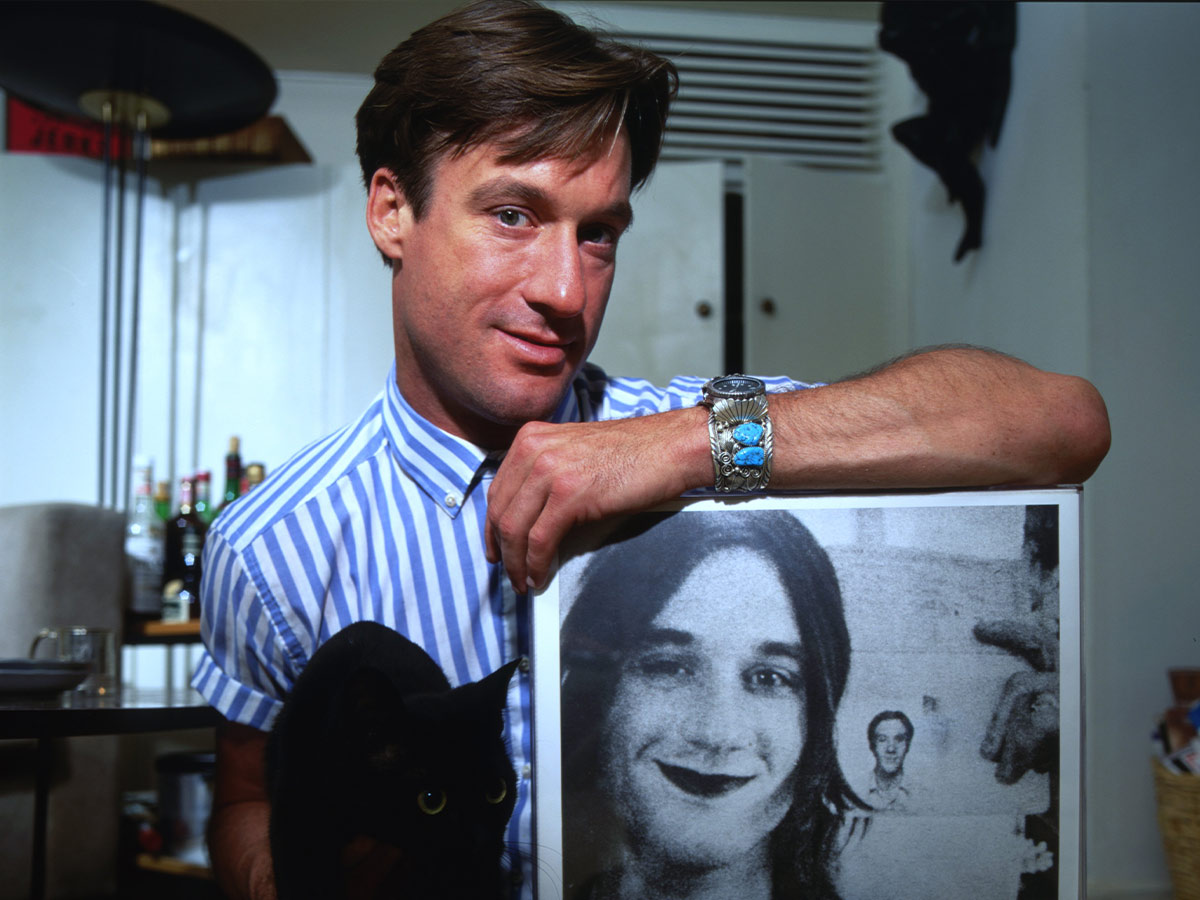
Airing in 1973 on PBS, An American Family stands as a groundbreaking piece of television history, often cited as the first true reality show. This 12-part series followed the daily lives of the Loud family, offering an unfiltered glimpse into their personal dynamics, including moments of conflict, love, and heartbreak.
An American Family not only challenged the norms of television storytelling but also laid the groundwork for countless reality programs to come. Its innovative format has influenced everything from modern docuseries to family-centered reality shows like Keeping Up with the Kardashians. By emphasizing authenticity and complex emotional narratives, An American Family demonstrated the power of reality television to reflect and shape cultural discourse.
Real People
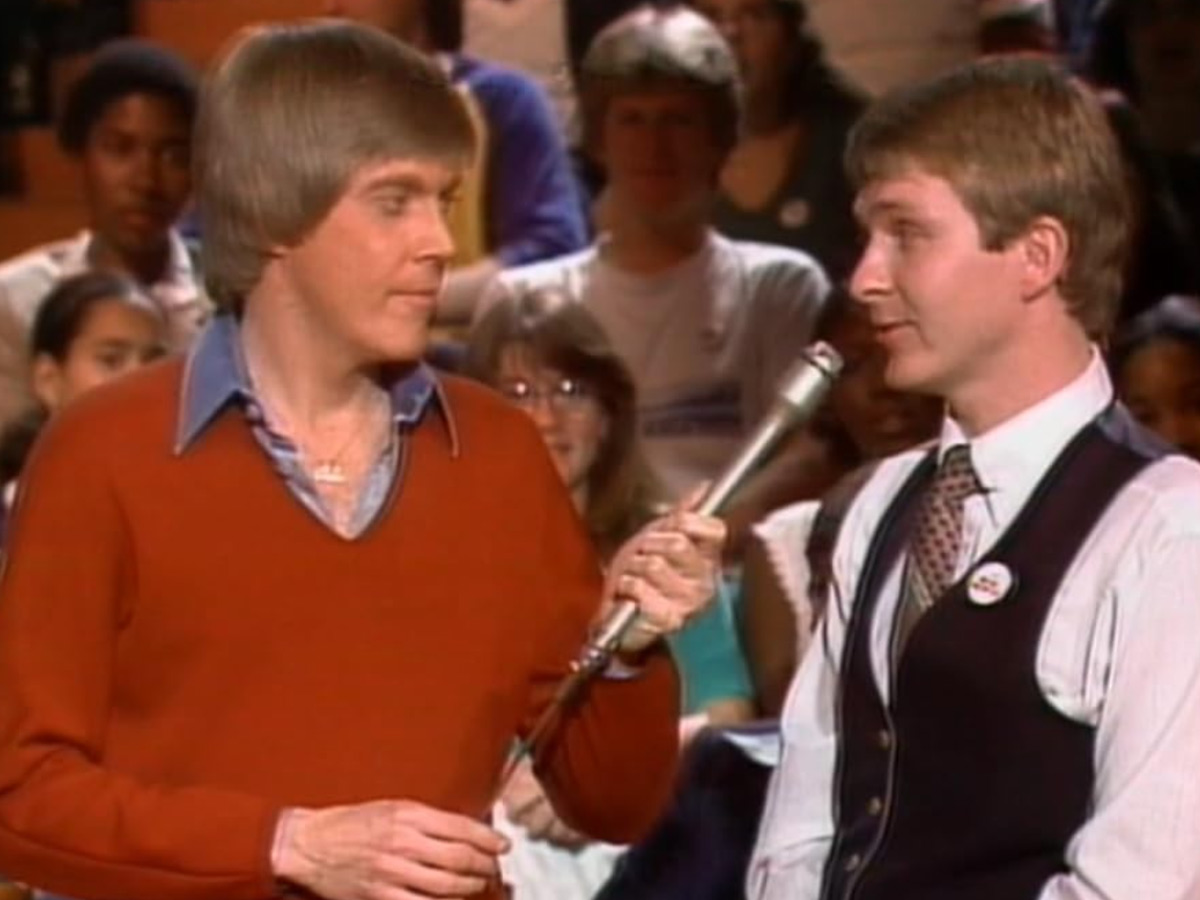
Premiering on NBC in 1979, Real People is celebrated as one of the first reality-based television programs to truly resonate with a broad audience. The show took a lighthearted and human-focused approach, showcasing ordinary people with extraordinary talents, unusual hobbies, or remarkable life stories.
Hosted by a team of charismatic personalities, it delivered a mix of humor and heart while highlighting diverse individuals from all corners of the United States. This innovative format captivated viewers, offering a refreshing break from scripted programming.
That's Incredible!
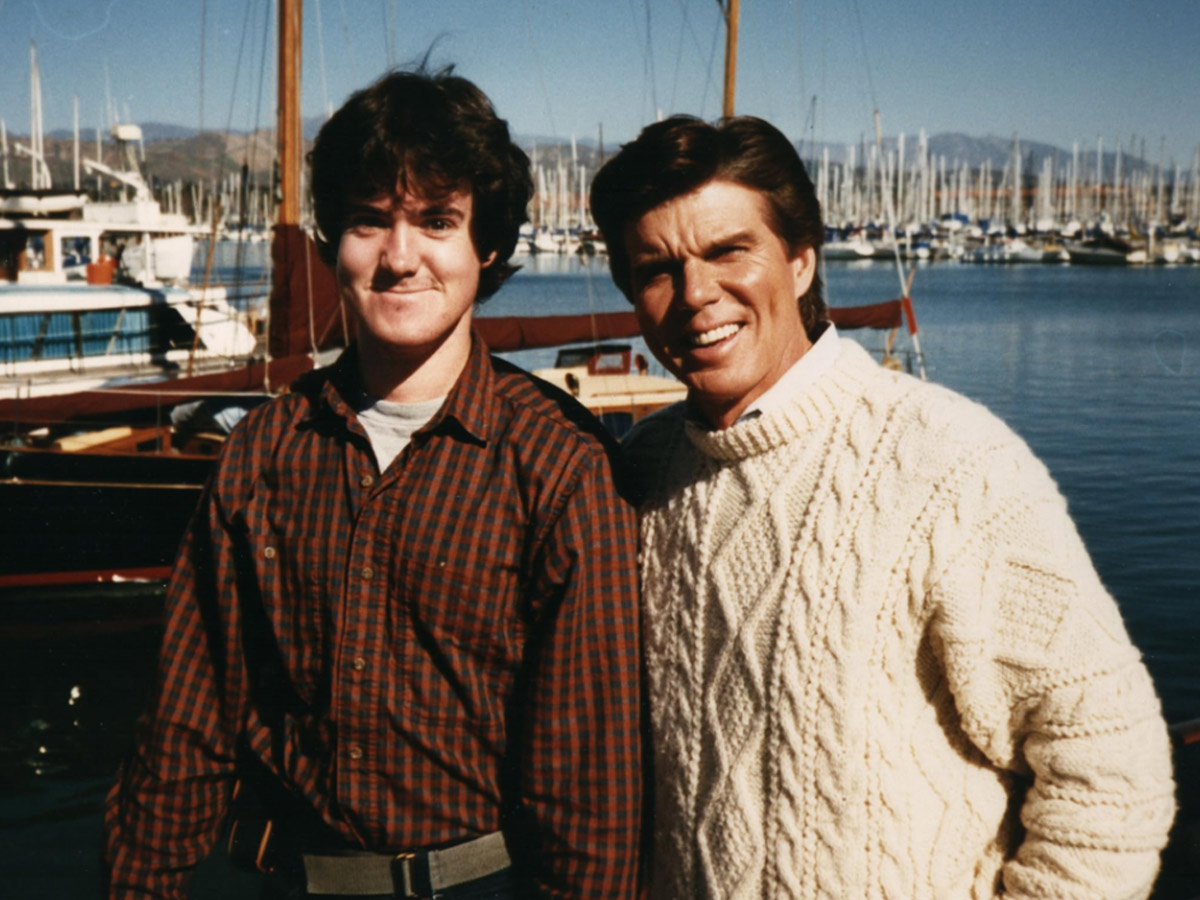
Debuting in 1980 on ABC, That's Incredible! brought an electrifying mix of the extraordinary and the bizarre to prime-time television. Hosted by John Davidson, Cathy Lee Crosby, and Fran Tarkenton, the show showcased a wide range of incredible feats, unusual talents, and groundbreaking innovations. With real people performing astonishing stunts, sharing unbelievable stories, or showcasing cutting-edge technology, the program captured the public's imagination and curiosity.
That's Incredible! not only entertained but also set a standard for high-energy, spectacle-driven reality television. Its innovative approach inspired future programs dedicated to human feats and strange phenomena, such as Ripley’s Believe It or Not! and America’s Funniest Home Videos.
COPS
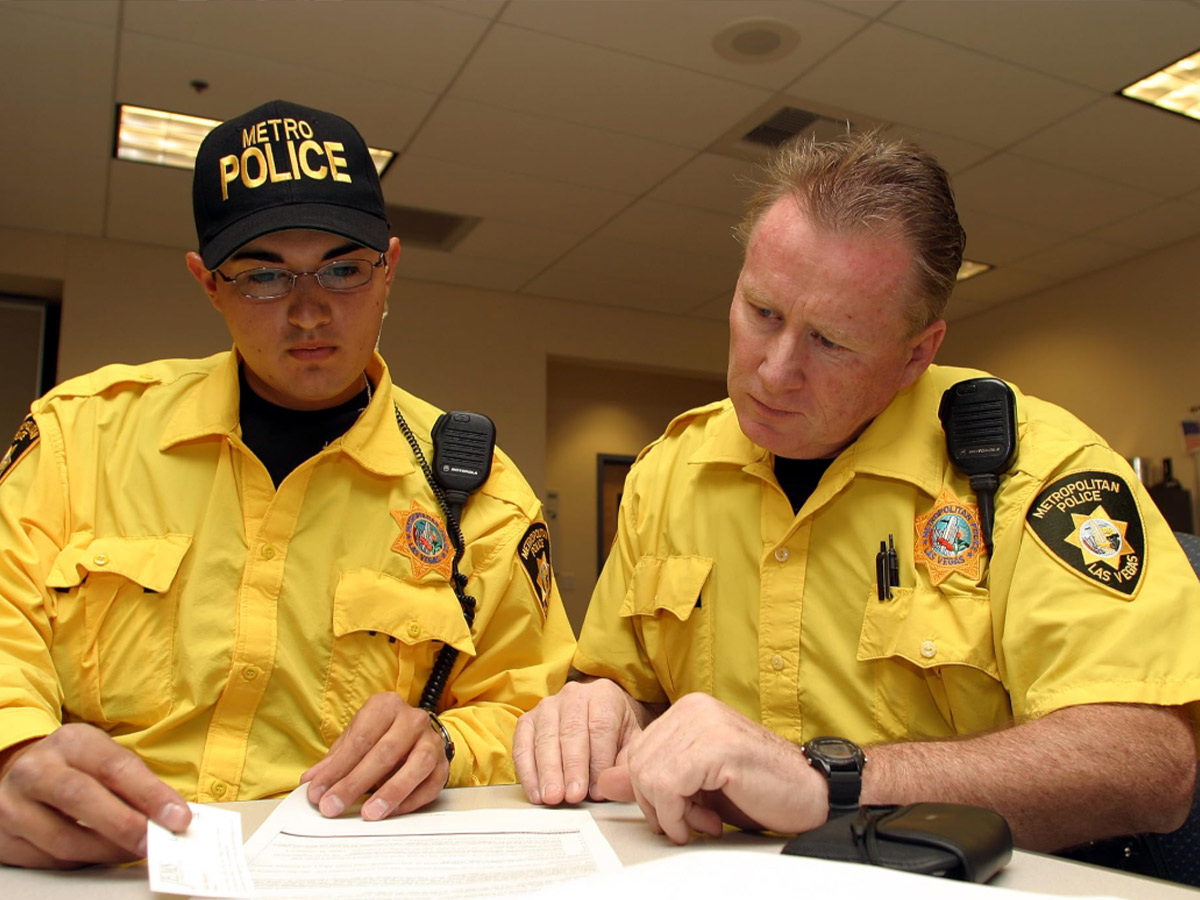
Premiering in 1989, COPS redefined reality television by taking an unvarnished look at law enforcement in action. With its iconic theme song, "Bad Boys," the show followed police officers as they responded to calls, conducted arrests, and navigated the challenges of their daily duties.
Filmed vérité-style without narration, COPS offered viewers an unfiltered, raw depiction of crime and policing across various American cities. Its format focused on real-time events, capturing the intensity and unpredictability of law enforcement work.
The Real World
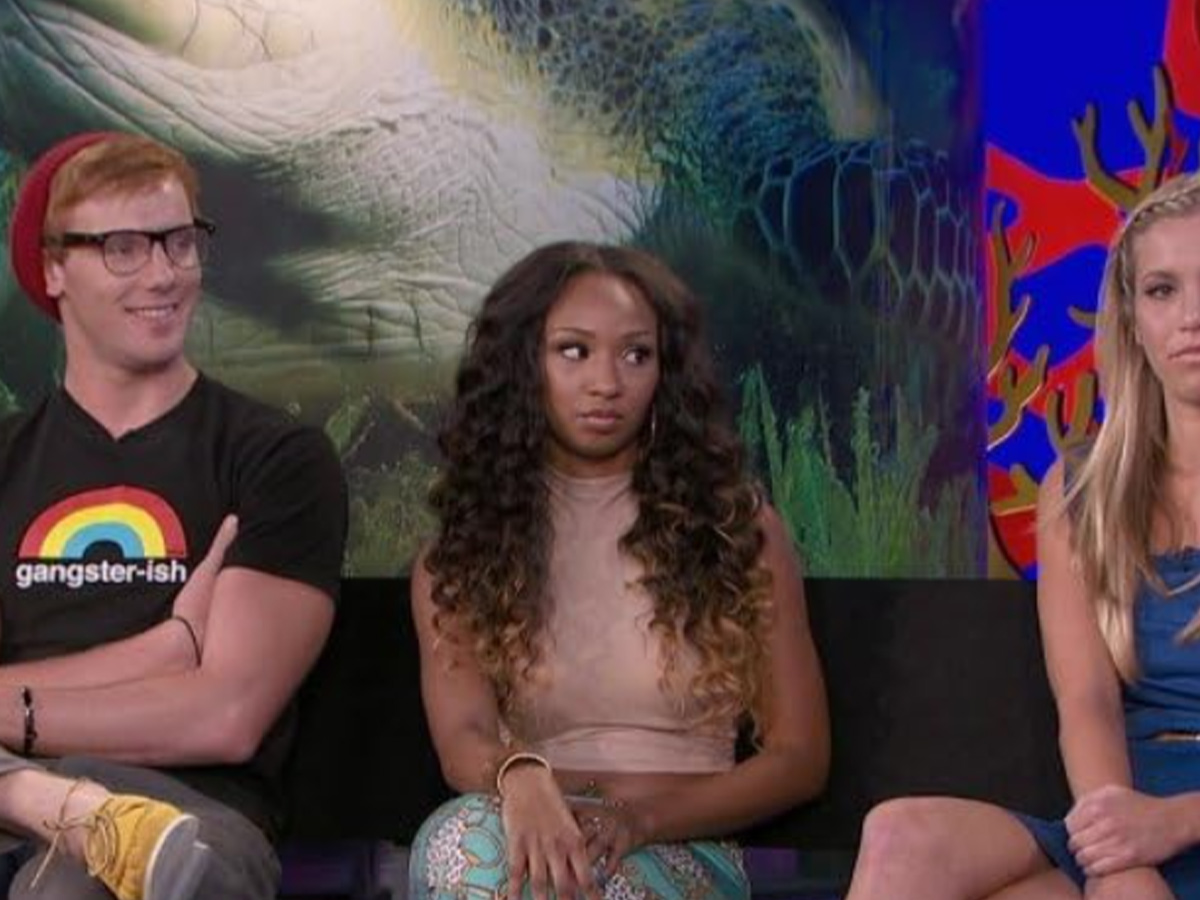
Debuting on MTV in 1992, The Real World pioneered the concept of placing strangers from diverse backgrounds in a single house and documenting their interactions. By focusing on the real-life dynamics of the cast, the show provided an unfiltered look into complex social issues such as race, sexuality, and mental health. Its tagline, “When people stop being polite… and start getting real,” became iconic.
The Real World was a catalyst for the modern reality television boom, influencing shows like Big Brother and Jersey Shore. By emphasizing conflict, personal growth, and cultural exploration, it resonated with younger audiences and reflected the evolving societal landscape of the 1990s and beyond.
Road Rules
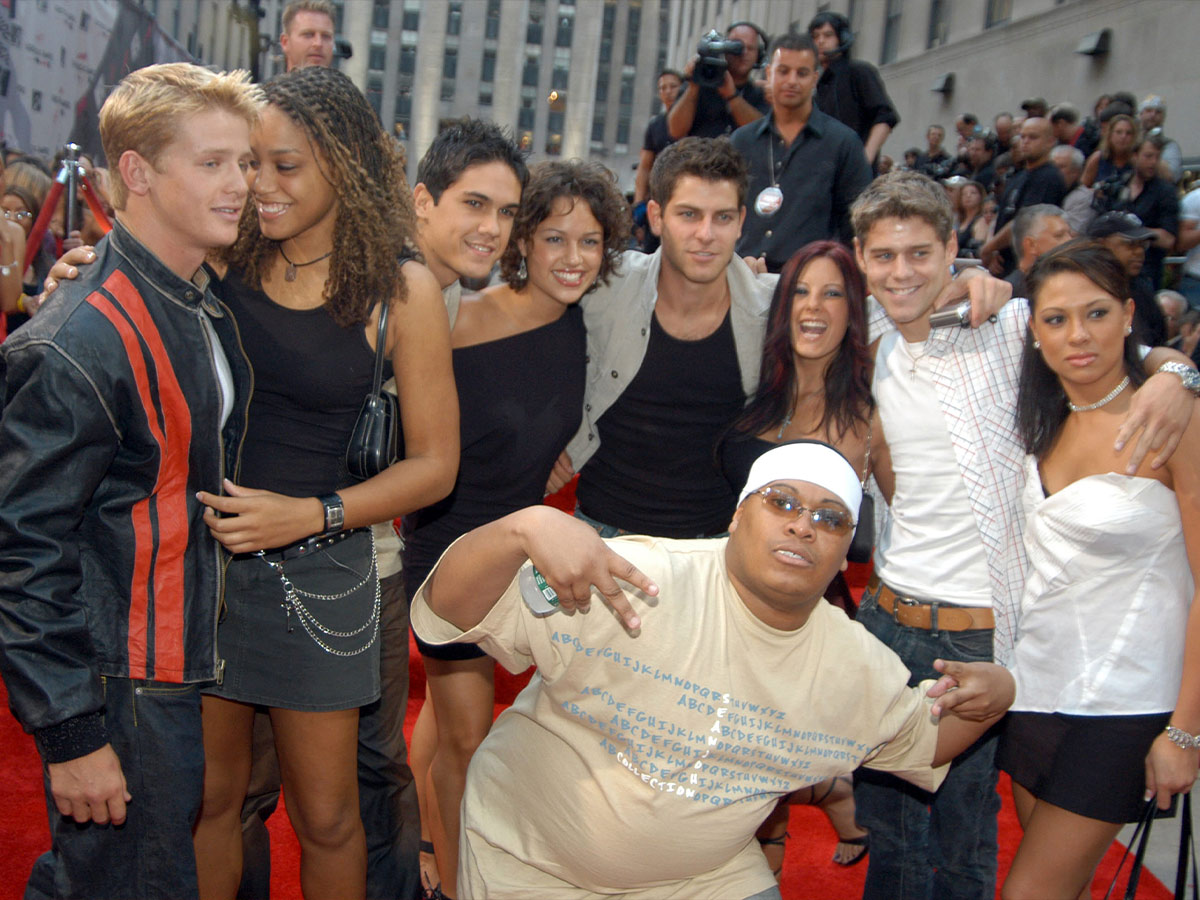
Premiering on MTV in 1995, Road Rules introduced a new twist to the reality television landscape by combining adventure with personal transformation. The show featured a group of young strangers traveling together in an RV, embarking on missions and challenges in various locations. Stripped of modern conveniences and forced to rely on teamwork, the cast faced physical, mental, and emotional obstacles that tested their limits.
Road Rules carved a niche for adventure-based reality TV and laid the foundation for future travel-centric shows. It inspired programs like The Amazing Race, which expanded on its blend of exploration and competition.
Survivor
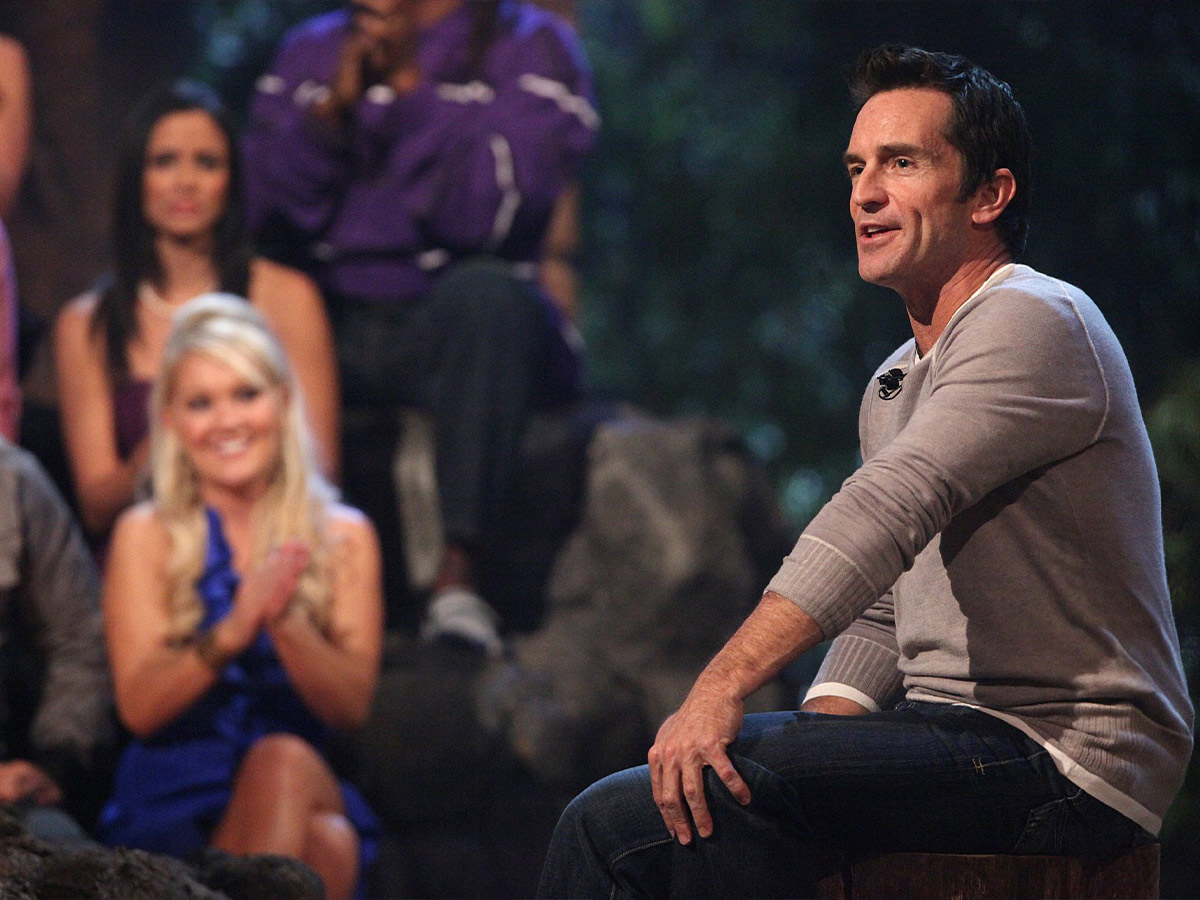
Since its debut in 2000, Survivor has become a defining force in reality television, introducing the concept of strategic social gameplay to the genre. Hosted by Jeff Probst, the show strands a group of contestants in a remote location where they must outwit, outplay, and outlast each other to win the title of Sole Survivor and a cash prize.
With its ongoing appeal, Survivor continues to push storytelling boundaries, solidifying its place as a model for innovative and compelling television. Every twist and turn in the show’s format has further cemented its legacy in entertainment history.
America's Funniest Videos

Premiering on ABC in 1989, America’s Funniest Videos (AFV) brought everyday humor into the spotlight, creating a new form of entertainment that celebrated the unexpected and often comedic moments of daily life. By inviting viewers to submit their personal home videos capturing hilarious accidents, family antics, and pet mishaps, AFV became a nationwide sensation.
Hosted initially by Bob Saget, the show’s blend of light-hearted commentary and laugh-out-loud clips struck a chord with audiences, establishing it as a Sunday evening staple for families.
Blind Date

Premiering in 1999, Blind Date brought humor and unpredictability to the dating show format. The program paired two strangers on a blind date, capturing their interactions through hidden cameras as they navigated the highs and lows of their outing.
What made the show standout was its witty and often sarcastic commentary, delivered through on-screen graphics and captions that highlighted awkward moments and added comedic flair. This playful approach set it apart from traditional dating shows, making it a hit among viewers who enjoyed its lighthearted take on romantic escapades.
Star Search
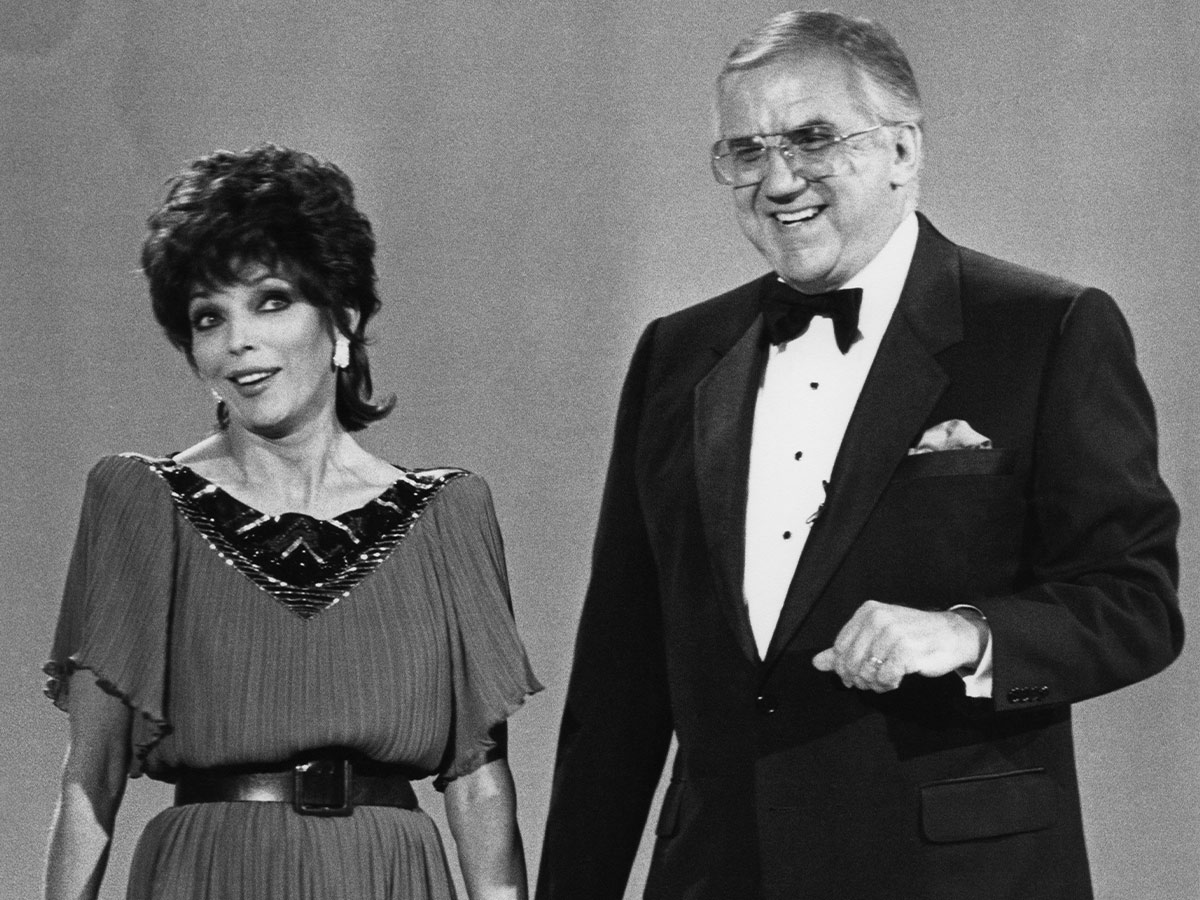
Debuting in 1983, Star Search became a launchpad for aspiring artists across multiple disciplines, including singing, comedy, and modeling. Hosted by Ed McMahon, the competition provided contestants with a chance to showcase their talents on a national stage, making it one of the first reality formats to focus on performance.
The impact of Star Search is undeniable, as it helped jumpstart the careers of legendary performers such as Beyoncé, Justin Timberlake, and Ellen DeGeneres. Its format influenced many modern talent competitions, including American Idol and America’s Got Talent.
The Dating Game
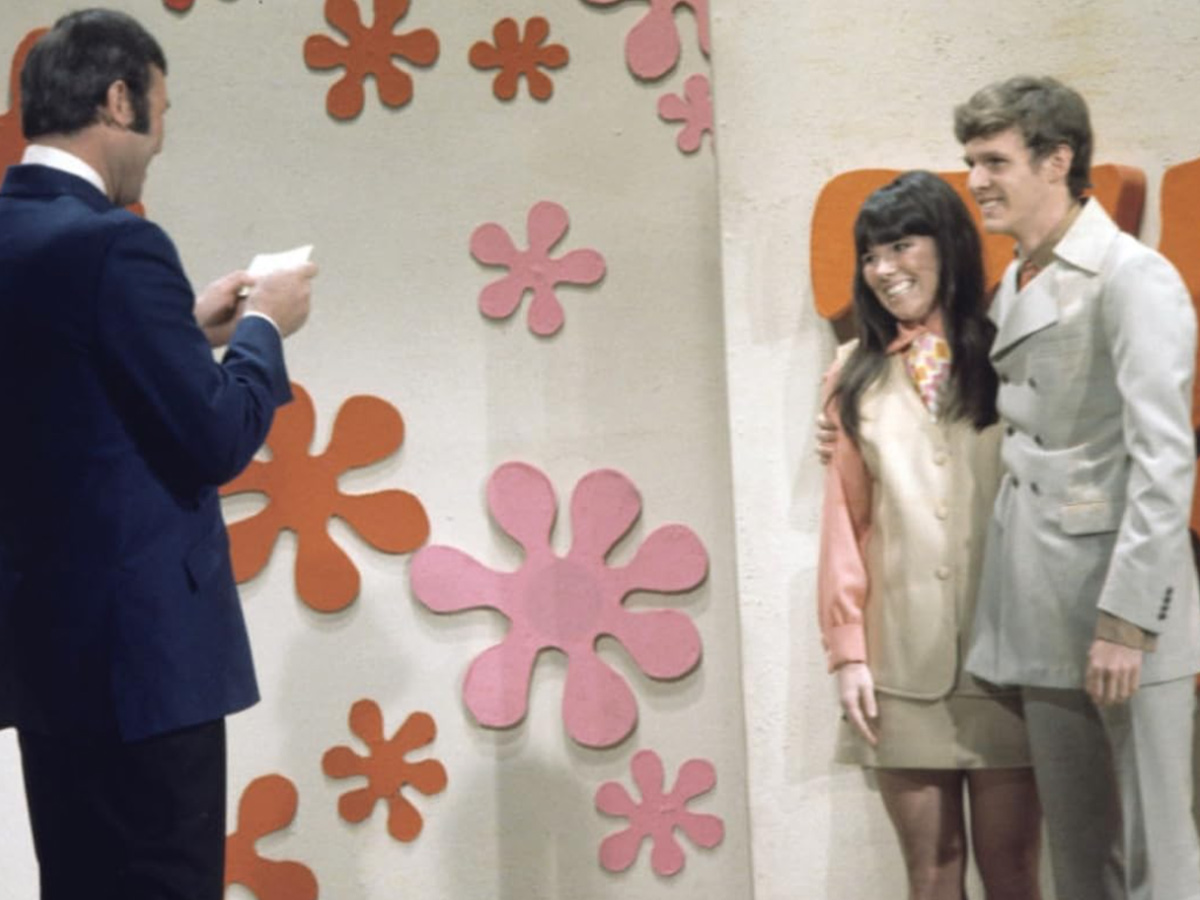
Premiering in 1965, The Dating Game brought a playful and distinctive approach to matchmaking on television. Hosted by Jim Lange, the show featured a single contestant who would pose questions to three unseen suitors, ultimately picking one for a date.
The curious anonymity of the format, combined with the humor and charm of the contestants’ answers, made it a captivating watch. Its lighthearted and flirtatious tone introduced a sense of fun to the dating process, while also amplifying the intrigue of romantic compatibility.
The Old House
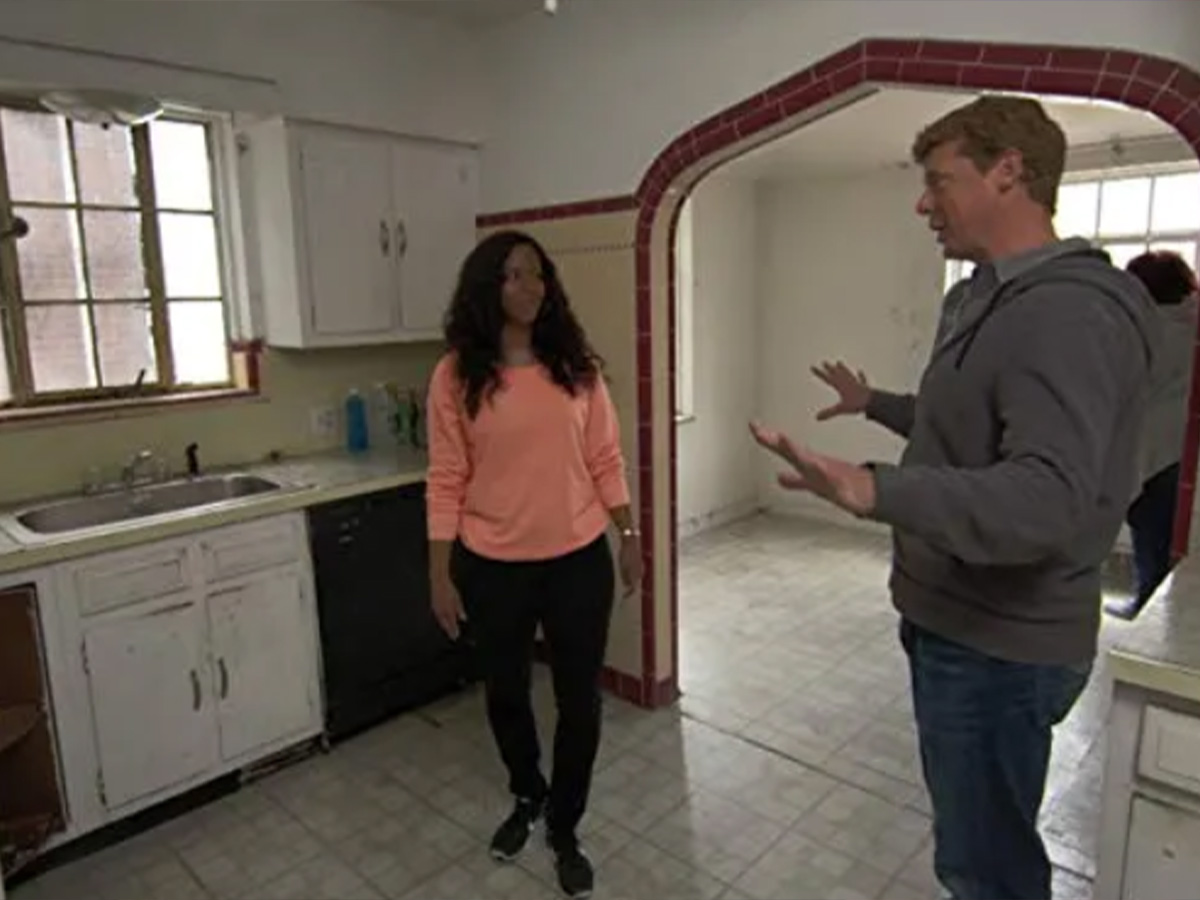
Debuting in 1979 on PBS, This Old House revolutionized home improvement television by blending practical renovation lessons with compelling storytelling. Hosted initially by Bob Vila, the show followed real homeowners as experts tackled extensive remodeling projects.
This Old House paved the way for an entire genre of home renovation and lifestyle programming. Shows like Fixer Upper and Property Brothers owe much to their legacy of combining instructional depth with personal narratives.
Lifestyles of the Rich and Famous
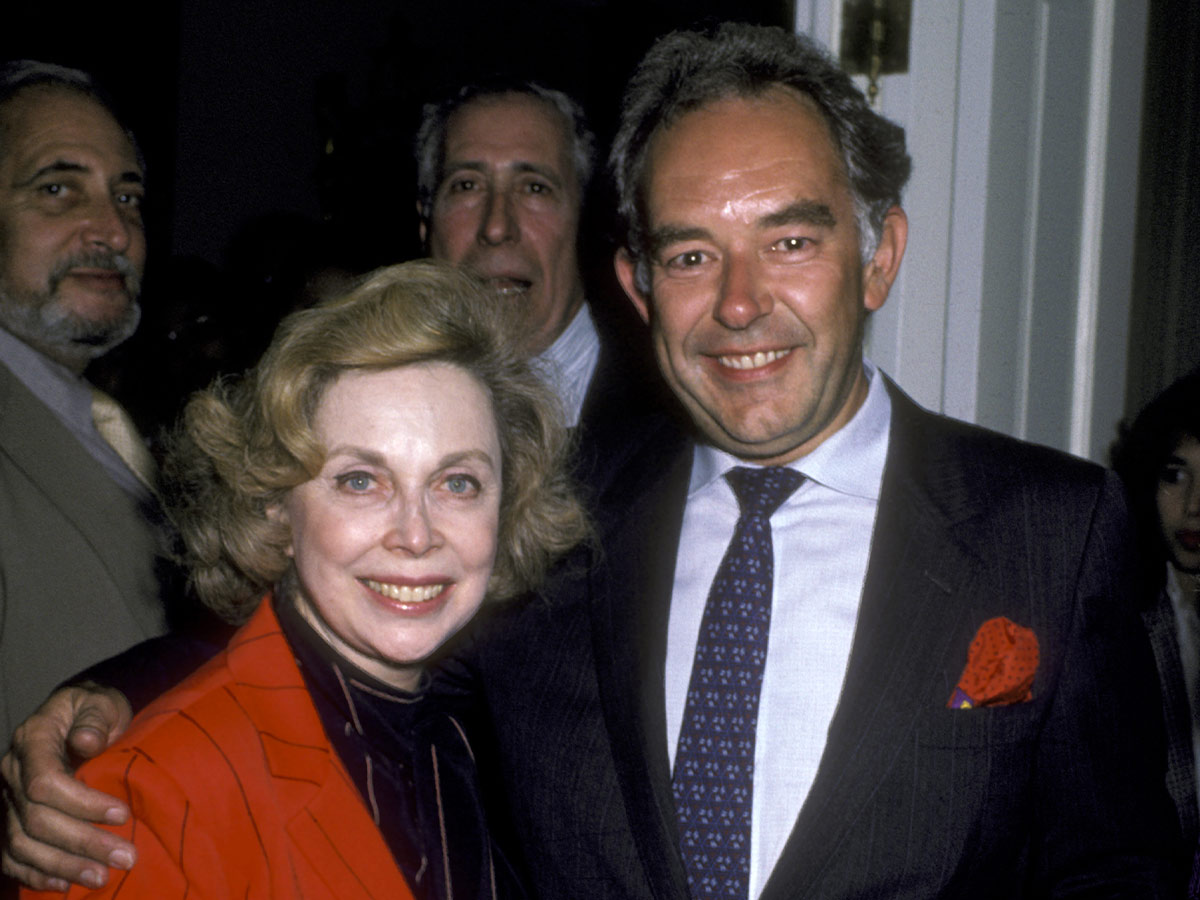
Premiering in 1984 and hosted by Robin Leach, Lifestyles of the Rich and Famous offered viewers a glamorous glimpse into the opulent lives of the world’s wealthiest individuals. The show became synonymous with luxury, showcasing lavish estates, exotic vacations, and extravagant lifestyles that captivated audiences.
With its iconic tagline, “Champagne wishes and caviar dreams,” it introduced a level of fascination with wealth and celebrity that resonated with viewers, making it a pop culture phenomenon. This groundbreaking program laid the foundation for the modern obsession with celebrity culture and aspirational living. Shows like MTV Cribs and The Real Housewives owe a debt to its pioneering format, which combined voyeurism with high-end entertainment.
House Hunters
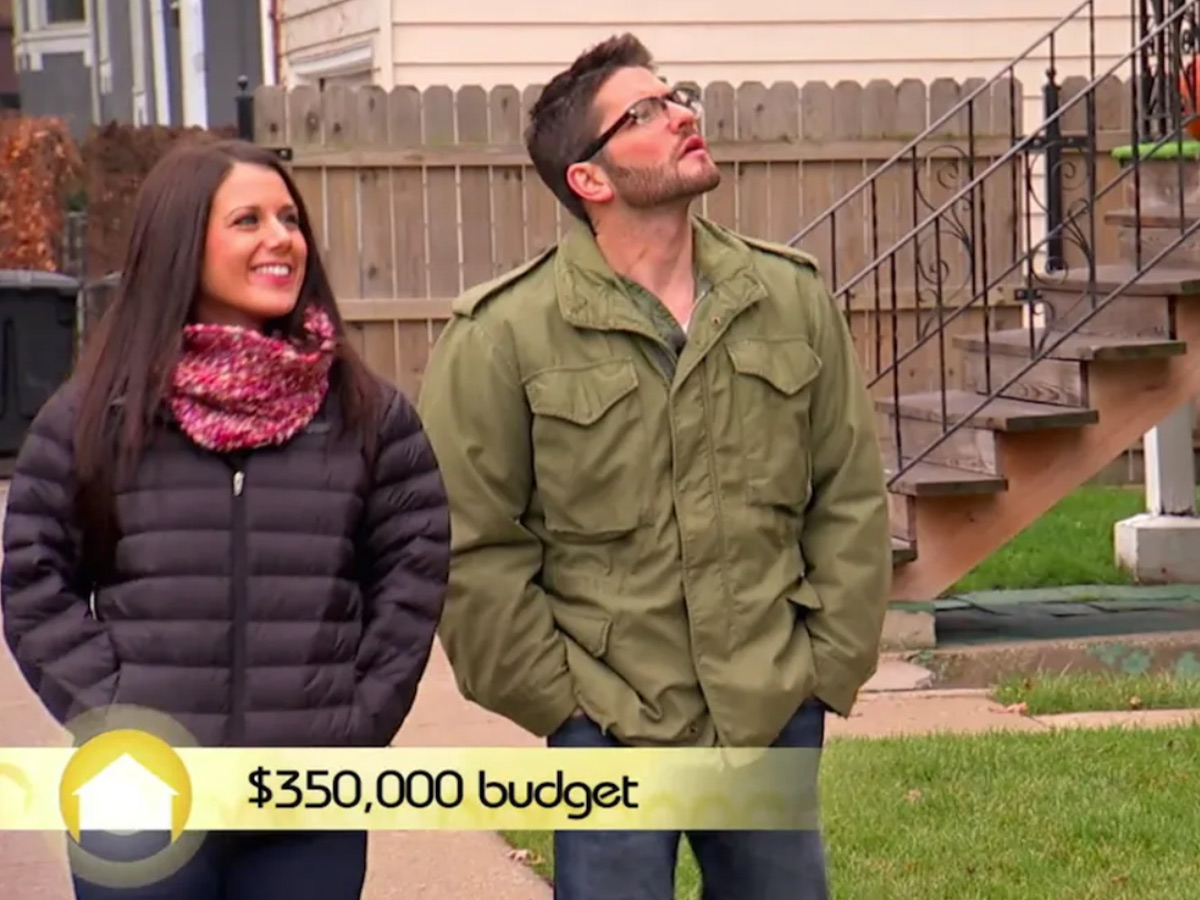
First airing in 1999 on HGTV, House Hunters carved its place as a staple in reality television by focusing on one of life’s most significant decisions: choosing a home. The show follows individuals or families as they tour three available properties, weighing the pros and cons before making their final choice.
Its straightforward yet relatable format highlights the challenges of balancing budget, location, and personal preferences, creating compelling storytelling through everyday decisions. This intimate look at the home-buying process resonated with audiences, quickly making it a fan favorite.
 Author
Ron Winkler
Last Updated: July 08, 2025
Author
Ron Winkler
Last Updated: July 08, 2025